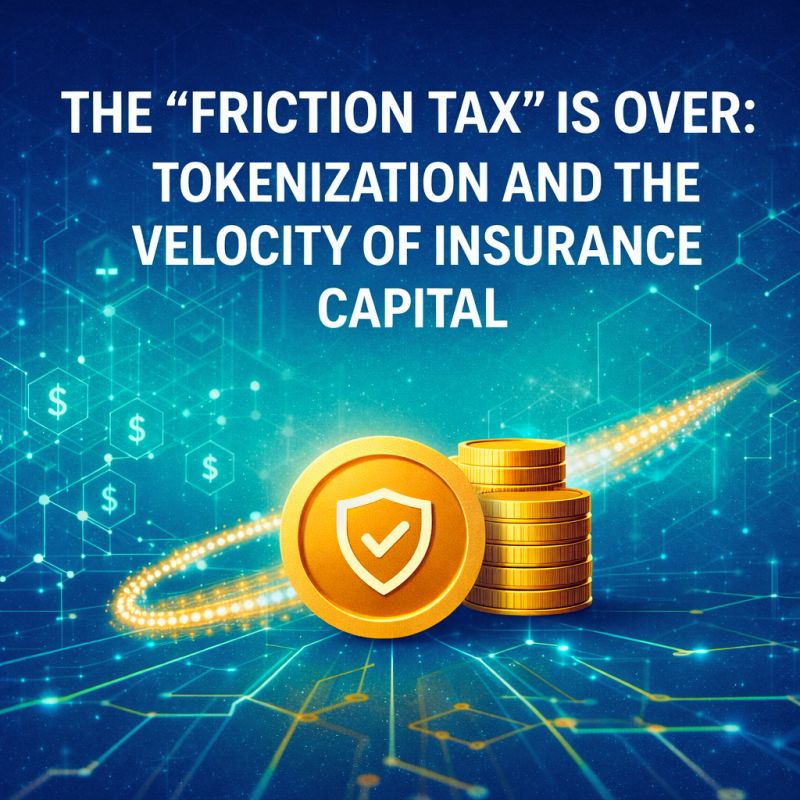Why people don’t buy insurance, even when the risk is real
We often think of insurance as a math problem. But it’s pretty much like a behavior problem.
Despite growing risk exposure, insurance contribution to GDP in developing markets remains low. Even financially literate consumers hesitate to protect themselves from obvious disasters. Why?
Because risk doesn’t drive human decisions. Emotion does.
What’s New?
Our research highlights the growing gap between what consumers know and how they act when it comes to insurance.
Results of a simple survey:
74% of respondents said they’d rather risk a rare but catastrophic loss (1% of $100,000 worth one) than commit to a small, but constantly paid premium (worth of $1,000).
Yet, when asked about revenues, the 72% of the group preferred a tiny fraction of a guaranteed reward (100% chance, $1,000 income), rather than a risky high yield one (1% chance, $100,000).
This cognitive split - known as loss aversion bias - helps explain why insurance often feels like a “waste” when nothing goes wrong, even if it’s mathematically sound.
Why It Matters
This irrationality isn’t just academic. It affects everything from policy adoption rates to loss ratios to public emergency response budgets.
If people skip coverage due to emotional resistance, governments absorb more post-disaster costs. And insurers face lower uptake, higher churn, and reduced portfolio stability.
In essence: We’re not dealing with a product issue. We’re dealing with a perception issue.
So What’s Driving It?
Key behavioral drivers behind this irrational choice:
Overconfidence Bias - “That won’t happen to me.”
Recency Effect - Risk feels real only right after an incident (e.g. a neighbor’s fire).
Temporal Discounting - We overvalue short-term savings over long-term protection.
Information Asymmetry - Consumers lack real insight into policy benefits, while insurers often present complexity, not clarity.
As economist Richard Thaler put it:
“Humans are not Spock. We have emotions, and those emotions influence our choices.”
For finance, insurance, and risk professionals
Have you adjusted your client engagement strategy to account for irrational behavior?
If not, this may be the most rational time to start.


